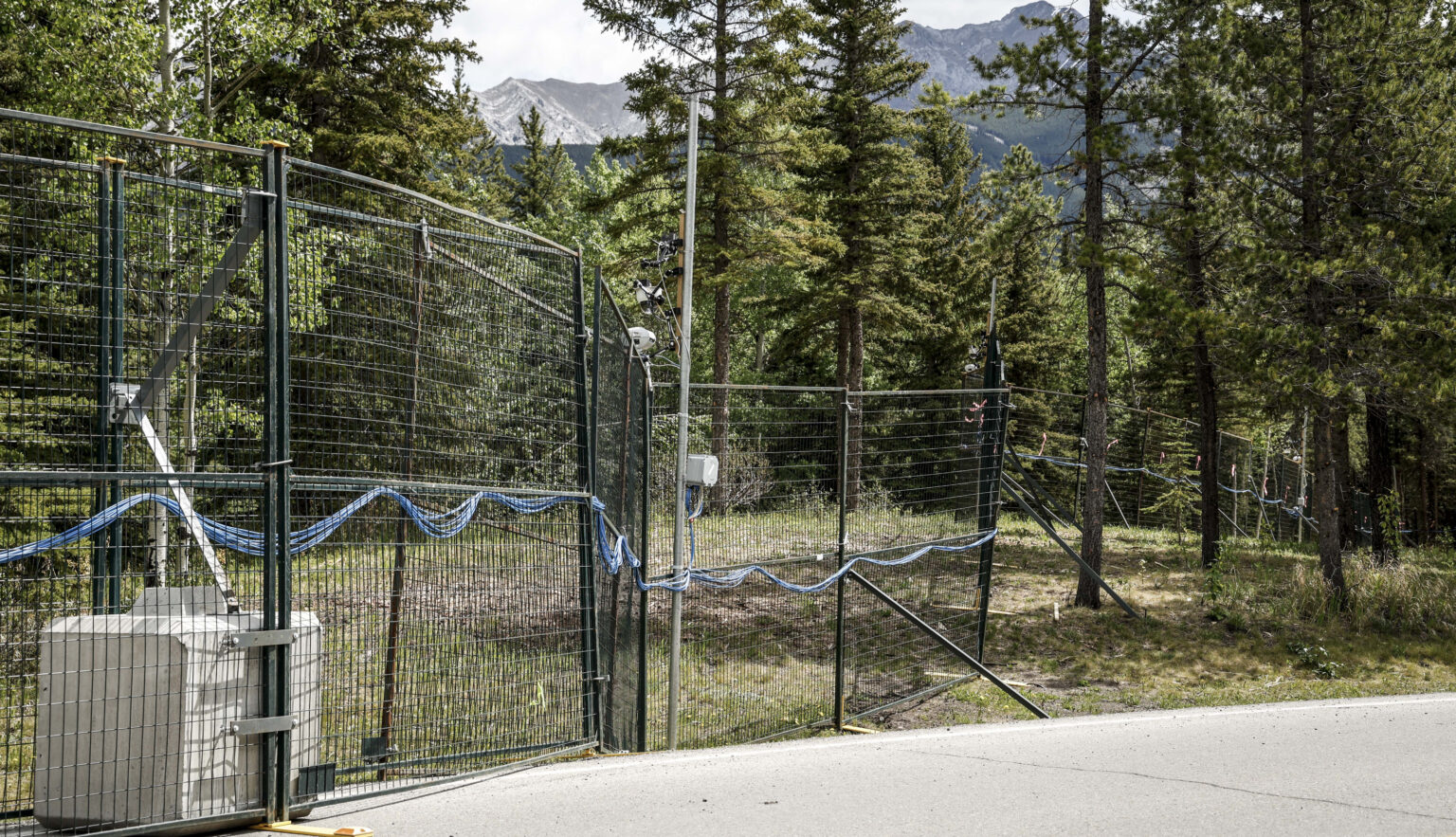Environmental Concerns Take a Backseat at the G7 Summit in the Canadian Rockies
While this year’s Group of Seven (G7) summit in the secluded Canadian Rockies has largely sidestepped discussions on environmental policies, the natural surroundings remain impossible to ignore. The remote lodge hosting the leaders is nestled within a habitat teeming with wildlife, notably grizzly and black bears, which has prompted extensive safety measures to prevent human-wildlife conflicts.
Precautionary Measures to Safeguard Attendees from Wildlife
In the picturesque yet wild terrain of Kananaskis, authorities have implemented rigorous protocols to protect summit participants from potential bear encounters. These include the installation of high-voltage electric fences, strategic placement of bear traps, and strict guidelines to prevent food from attracting animals. Local schoolchildren even participated in removing buffaloberry bushes-an attractant for bears-in an effort to minimize risks. Pamphlets distributed among delegates emphasize maintaining a safe distance, recommending at least ten bus lengths between humans and wildlife.
Trevor Julian, executive director of Friends of Kananaskis, who coordinated efforts to clear berry bushes, observed the security setup firsthand. “Before the leaders arrived, I saw extensive fencing and surveillance cameras around the site,” he noted. “It’s clear that both humans and bears would find it difficult to breach these barriers unnoticed.”
Local Community Concerns and Environmental Tensions
The decision to hold the summit amid such sensitive wildlife habitat has sparked criticism from local residents. Many worry about the ecological impact of hosting a gathering of global leaders in an area where wildlife disturbances could have serious consequences. Historically, the region has seen tragic incidents, such as the death of a bear in 2002 after it was tranquilized during the previous summit when the event was known as the G8. This incident has become a symbol of the broader challenge: balancing international diplomacy with environmental preservation.
Climate Change and International Diplomacy
Beyond wildlife safety, the summit’s environmental discourse has been notably subdued. While climate change has been a central theme in past G-7 meetings, this year’s agenda has sidestepped direct discussions, opting instead to address related issues like wildfires and mineral extraction. This shift reflects a broader reluctance among leaders to confront the pressing climate crisis head-on.
U.S. President Donald Trump, who left the summit early to address escalating conflicts in the Middle East, declined to endorse a joint G7 statement urging Iran and Israel to de-escalate tensions. His 2017 decision to withdraw from the Paris Agreement marked a significant setback for global climate efforts, and his administration has continued to roll back many climate policies introduced by the Biden government domestically.
Environmental Activists Voice Frustration
Many environmental advocates have expressed frustration over the summit’s muted stance on climate issues. Keith Stewart, a senior energy strategist at Greenpeace Canada, criticized the decision to host the event in a region increasingly affected by wildfires and droughts. “Canada is inviting world leaders to a country literally on fire,” he remarked. “Instead of sidestepping the climate crisis, Canada and the G7 should be leading efforts to strengthen international climate cooperation-even if that means navigating disagreements with the U.S. administration.”
Recent Developments and the Future of Climate Policy
Concerns about the G-7’s commitment to environmental action intensified last month when finance ministers convened in Banff, Alberta. The joint communiqué from that meeting notably omitted any concrete measures to combat climate change-a departure from previous years’ declarations since 2019. This pattern underscores a troubling trend: despite the urgency of the climate crisis, global leaders are often reluctant to prioritize environmental issues amid geopolitical and economic tensions.
Balancing Economic and Environmental Priorities
Historically, the G-7’s focus has been on economic stability and trade, with tariffs and trade disputes taking center stage-especially after Trump’s trade wars. Canadian Prime Minister Justin Trudeau and other leaders appear to be avoiding contentious climate debates to maintain consensus on these pressing economic matters, according to experts like Aaron Cosbey of the International Institute for Sustainable Development. “By not explicitly discussing climate change, they’re effectively sidestepping the issue, but that doesn’t mean it’s going away,” Cosbey warned. “The lack of international cooperation on climate action remains a significant obstacle.”
Impact on Local Wildlife and the Broader Environment
Despite the summit’s focus on security and diplomacy, concerns about the environmental impact persist. Julian reassures that the measures taken are unlikely to cause lasting harm to the local bear populations, as activities are confined to a limited area. However, the broader implications of climate change-such as increasing wildfire frequency and severity-pose ongoing threats to the region’s ecosystems and communities.
As the world watches, the question remains: will future summits prioritize meaningful climate action, or will environmental issues continue to be sidelined in favor of immediate geopolitical and economic concerns? The ongoing wildfires and rising temperatures serve as stark reminders that the planet’s health cannot be ignored indefinitely.
Amanda Coletta contributed to this report.

